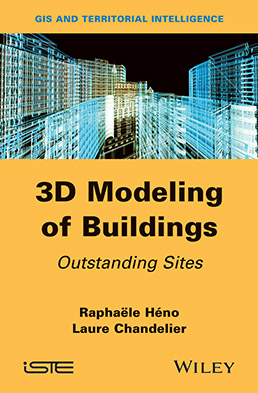
Traditional topographic databases, usually created from aerial or satellite imagery, provide a simplified three-dimensional (3D) model of our urban environment which can be used for a number of applications, such as town planning, risk prevention and mobility management. However, in the case of representing and analyzing outstanding sites like monuments, works of art or archeological sites, these databases are insufficient and other ways of acquiring and processing data need to be employed.
This book presents a state-of-the-art of the methods specifically adapted to outstanding sites and the research currently being carried out in this area. The methods addressed range from lasergrammetry to current dense correlation techniques using images as well as traditional photogrammetry.
1. Specific Requirements for the 3D Digitization of Outstanding Sites.
2. 3D Digitization Using Images.
3. 3D Digitization by Laser Scanner.
4. Complementarity of Techniques.
5. Point Cloud Processing.
6. Management and Use of Surveys.
Raphaële Héno is head of a teaching department at National School of Geographic Sciences, IGN in France. Her work involves architectural surveying using photogrammetry and lasergrammetry.
Laure Chandelier is in charge of projects in satellite imaging and
geographical systems at Centre For Studies and Expertise on Risks, Environment, Mobility, and Urban and Country planning (Cerema) in France. She works on the extraction of information from remote data.